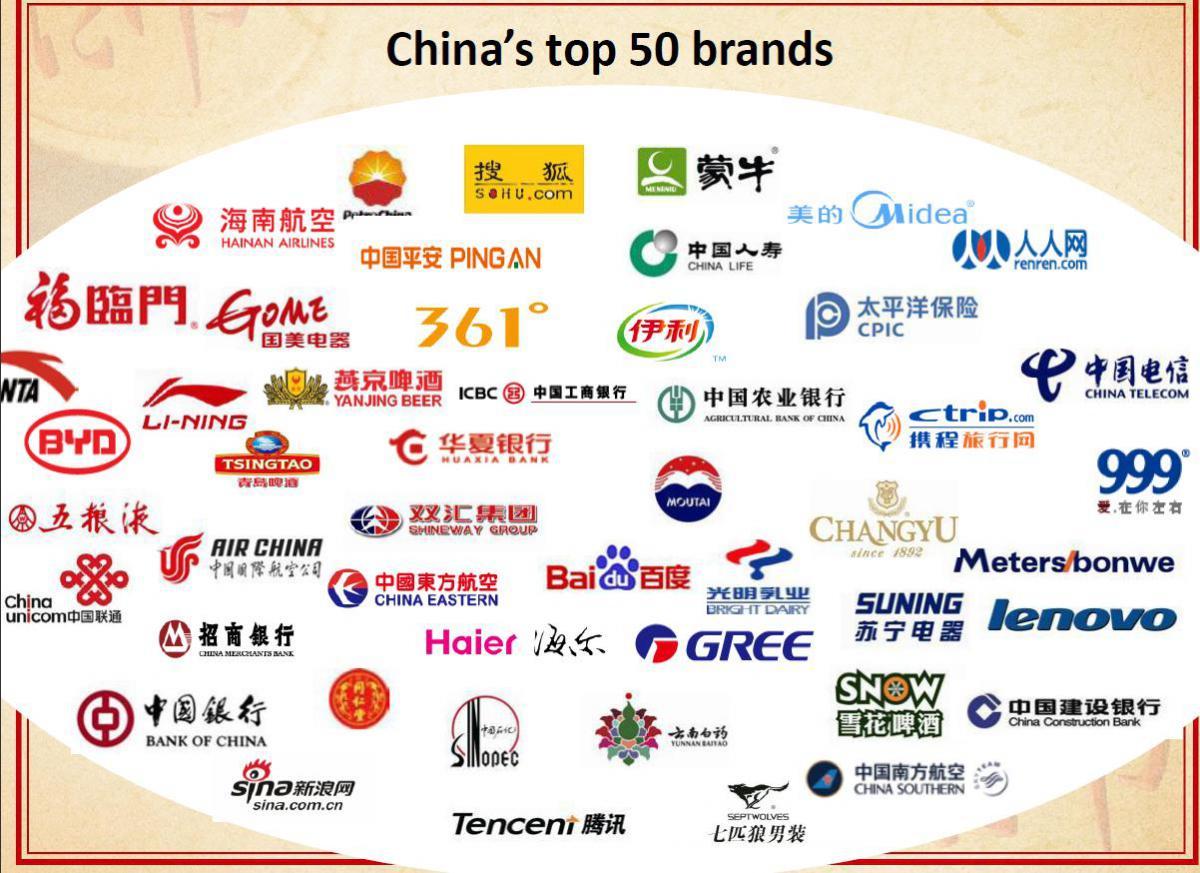BEIJING, March 21 (Xinhua) -- In China, even farmers are aware of the importance of supply-side structural reform. Their willingness to shell out huge amounts for imported equipment illustrates the need for high-quality domestic products.
Ploughs made by a German agricultural machinery giant are popular among farmers in northeast China, though they might cost 250,000 yuan (about 36,200 U.S. dollars) each, while a Chinese plough might cost about 15,000 yuan.
The price for the German equipment is much higher, but worth it, according to Wang Yanlong, head of a local agricultural machinery cooperative in Heilongjiang Province, citing better reliability, quality and durability.
The popular German ploughs show there is much room for China's supply-side structural reform, which calls for Chinese enterprises to produce high-quality and tailor-made products and services to cater to the country's increasingly affluent and sophisticated consumers.
Echoing the call for reform, Chinese brands are speeding up innovation to stand out among the competition.
Chinese companies have experienced two big waves of innovation -- the first driven by the robust export market after the country opened up, and another propelled by the Internet and mobile technology in the past decade -- and now they are facing a new wave, according to Fang Hongbo, Chairman and President of Midea Group.
The new round of innovation is driven by technological innovation, Fang said, adding that it is time for Chinese firms to move up the global industrial value chain toward leading technology and influential brands.
Once a home appliance giant, Midea declared earlier this month it would transform itself into a tech group by expanding its business in robotics and industrial automation following its acquisition of German robotics maker Kuka and Israeli motion control firm Servotronix last year.
In addition to innovation in technology and products, Ctrip CEO Jane Sun pointed out that corporate management innovation also matters a lot.
The company, China's largest online travel agency, introduced an internal entrepreneurship program called Baby Tiger. It helps break large teams into small business units, offering them independent decision-making and resource-allocation power to develop innovative products.
Decentralizing will help unleash the creativity of individuals and small teams, which could bring major innovations, Sun said.
For personal computer manufacturing giant Lenovo, the company chose to build on their strength in the PC manufacturing sector to expand into the smart device market by using smart Internet technology such as the Internet of Things, cloud computing and big data.
"It's important for companies to stay focused, said Yang Yuanqing, Lenovo Chairman and CEO. "We will stick to our focal point while adjusting ourselves to market trends."
Driven by the technology, education and travel sectors, the brand value of the BrandZ Top 100 Most Valuable Chinese Brands hit record levels in 2017, growing 6 percent to reach 557.1 billion U.S. dollars, according to a report released by communications services group WPP and global research agency Kantar Millward Brown.
"China has come to terms with the new normal for its economy, but there are still massive opportunities for strong distinct brands to address the aspirations of the rising urban middle class and drive superior value for shareholders," said David Roth, CEO for EMEA and Asia at The Store WPP, the group's global retail practice.
The "brand power" of Chinese brands, or consumers' willingness to buy a certain brand, continues to grow and has started to surpass that of multinational rival brands for the first time, the BrandZ report showed.
"We expect this trend to accelerate in future years as Chinese companies realize they need to build differentiated brands to command a premium in a competitive market, where penetration-led growth is plateauing off in many categories," said Deepender Rana, CEO for Greater China at Kantar Insights.




 A single purchase
A single purchase








